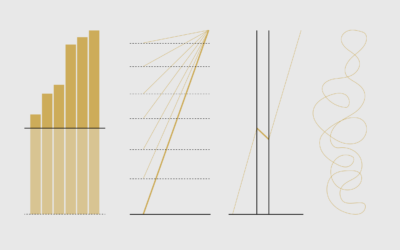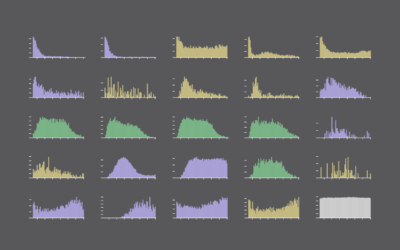Impact on Households in the United States
The Census Bureau has been running the Household Pulse Survey since April 23, 2020 to get some gauge for how the pandemic is changing things at home.
They’ve been releasing state-level data weekly for the six metrics below. Each circle represents the percentage of households impacted in a state.
Select a state or region to see more.
Latest update: May 26, 2020
Latest update: May 26, 2020
Loss In Income is the percentage of adults who had someone in the household lose employment income since March 13, 2020; Expected Loss In Income is the percentage who expect someone in the household will lose income in the next four weeks; Not Enough Food is the percentage of households who didn’t have enough to eat in the past seven days; Delayed Medical Care is the percentage of households who delayed their medical care because of the pandemic; Housing Insecurity is the percentage of those who missed last month’s rent or mortgage payment or think they will next month; K-12 Educational Changes is the percentage of those with kids who shifted to a distance learning format or some other change.
There’s still a ways to go. I’ll keep this page updated.
Become a member. Support an independent site. Make great charts.
See What You Get




